We’re mightily impressed by the 2021 Skoda Kamiq. Finally, the tiny SUV segment has an entrant that not only mixes practicality with fun, but unlike a lot of competitors, it’s also excellent value for money. It even got one of our highest ratings yet at DiscoverAuto: 8.8/10 and in a separate comparison, smashed the also-new Volkswagen T-Cross – which shares its platform – to become our favourite tiny SUV. But now, there’s a new competitor in town: the 2021 Ford Puma.
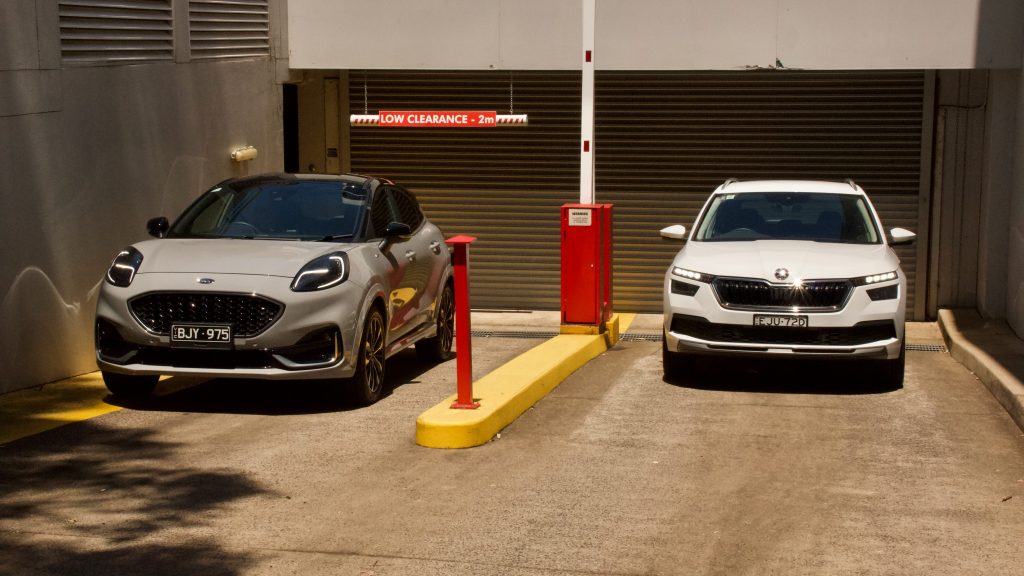
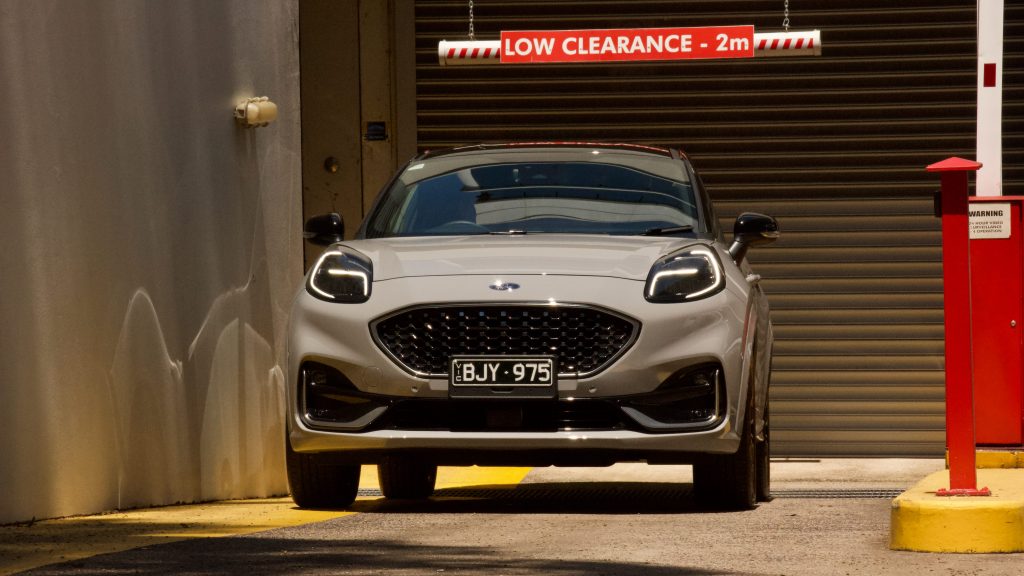
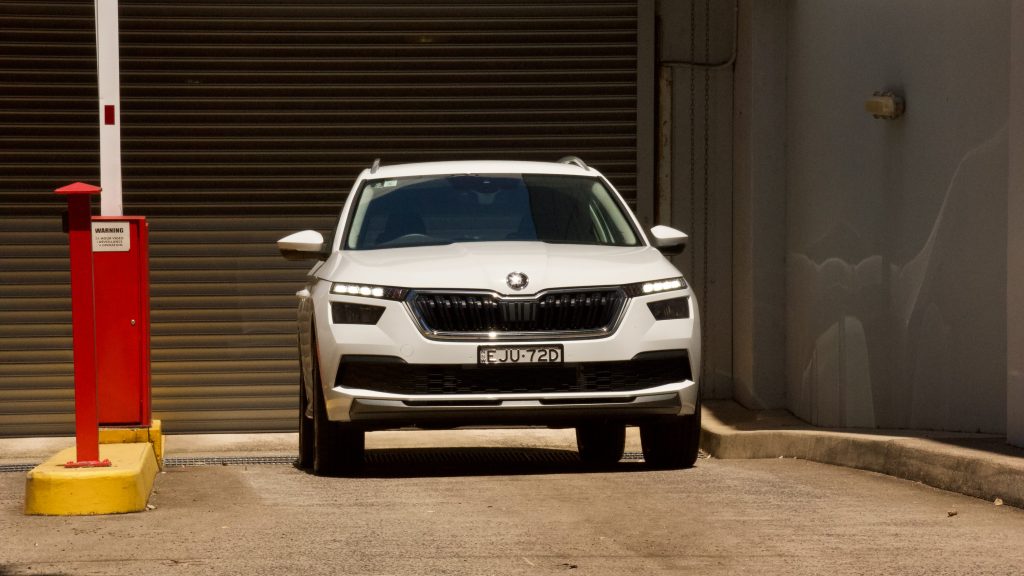
The Puma comes in to the Australian market at an important time for Ford – in danger of becoming the ‘Ranger car company’ that sells solely Ranger Utes, Ford’s product lineup is becoming more diverse and if diversity is key, then all types of SUVs need to be considered. There are a lot of similarities between the Kamiq and Puma: they’re both European built (the Ford is built in Romania and the Skoda in the Czech Republic), they both use tiny 1.0-litre turbocharged three-cylinder petrol engines and dual-clutch autos, they’re both front-wheel drive and they are both priced from around the $30,000 mark. But which is best? Read on.
Skoda takes an early lead on tiny Euro SUV value:
We were very surprised at just how well priced the 2021 Skoda Kamiq is in Australia. Priced from $27,990 drive away (manual) or $29,990 drive away for the auto tested here, the Kamiq offers a low price and yet also a strong list of standard equipment.
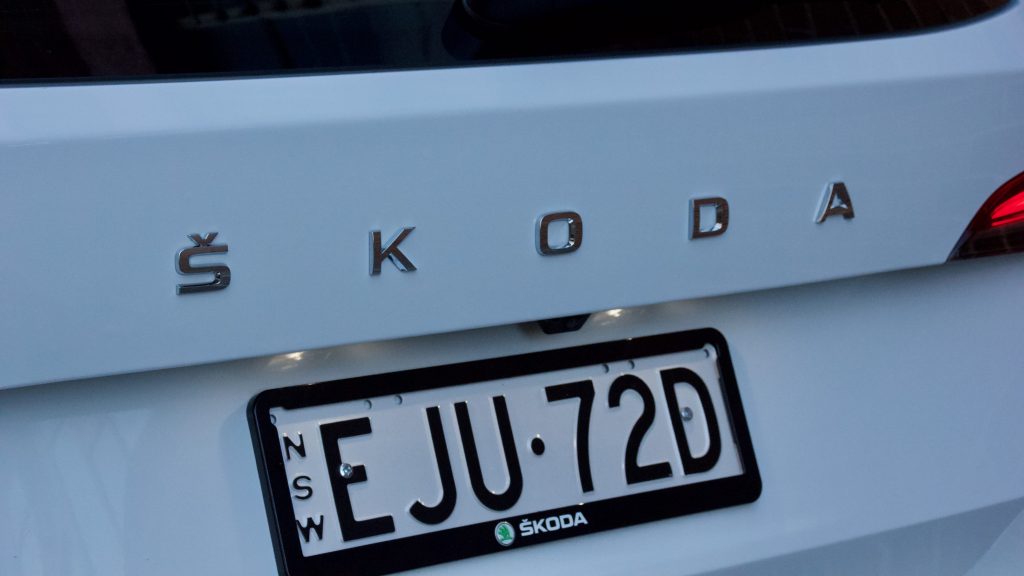
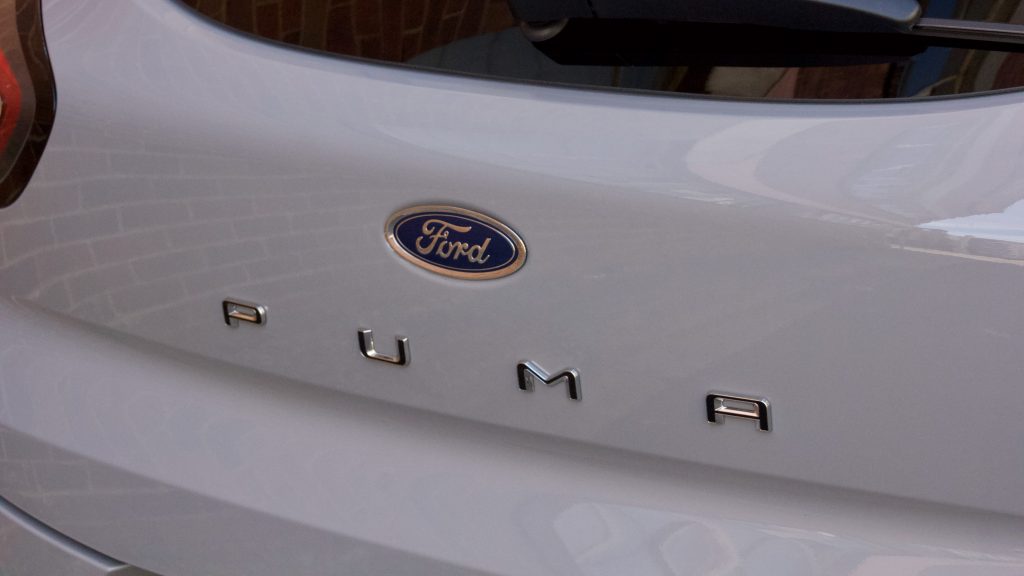
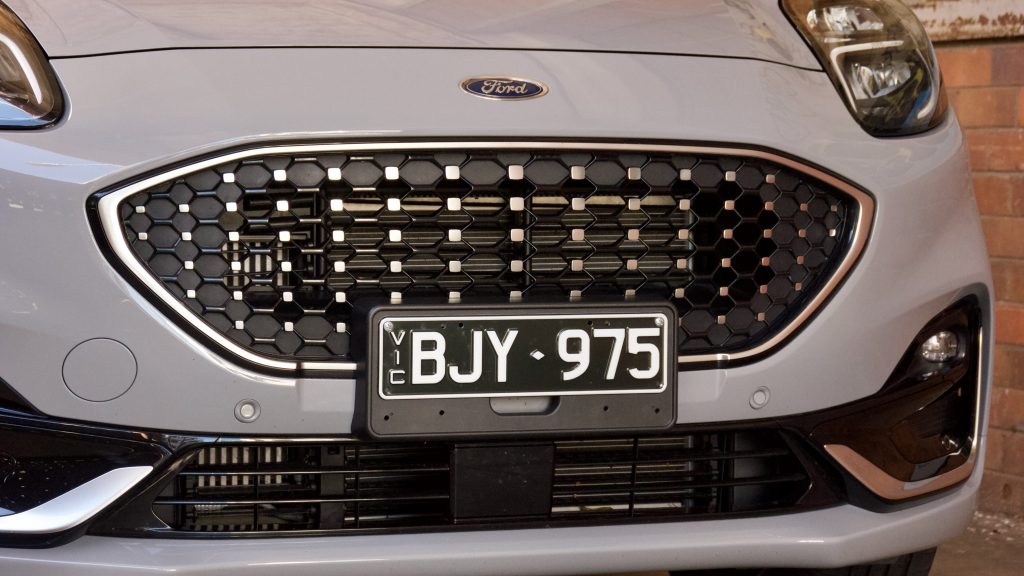
Standard fare on the 2021 Skoda Kamiq 85TSI includes 18-inch alloy wheels, LED lighting, auto lights/wipers, keyless entry and start, dual-zone climate control with rear vents, heated/auto-folding mirrors, an 8.0-inch touchscreen with Apple CarPlay and Android Auto, a digital driver’s display, an electric tailgate, four USB C inputs and even a wireless charging pad.
Safety kit is good as well with seven airbags, front and rear auto emergency braking (AEB) with pedestrian detection, lane departure warning with lane keep assist, adaptive cruise control with stop and go functionality, a reversing camera with rear parking sensors, tyre pressure monitoring and driver attention alert. Really, the only thing missing is blind-spot monitoring with rear cross-traffic alert, but that can be added as part of the $4,100 Driver Support Pack that also adds auto parking, front parking sensors, adaptive lane guidance, half leather/suede upholstery, an electric driver’s seat and heated front and rear seats.
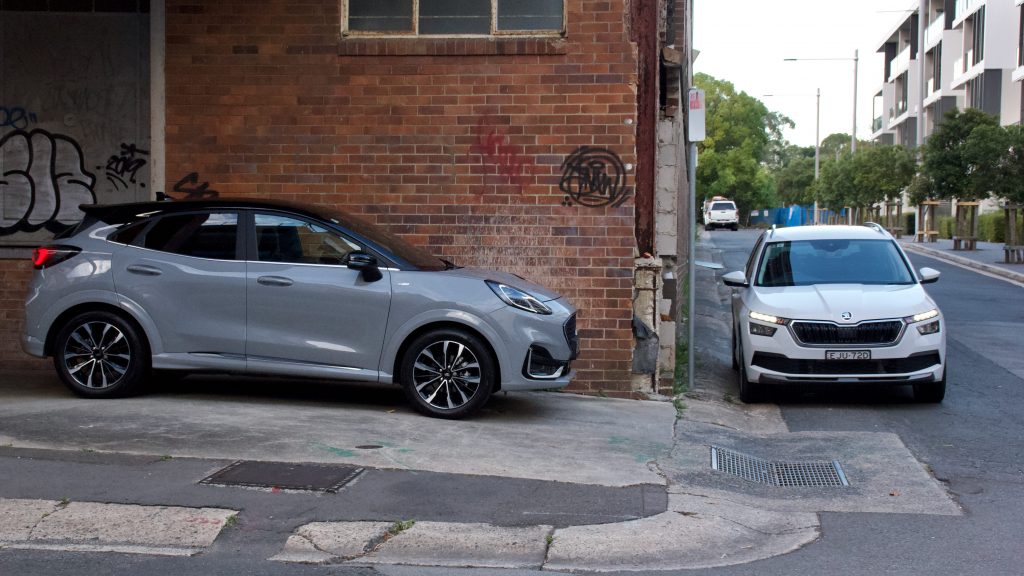
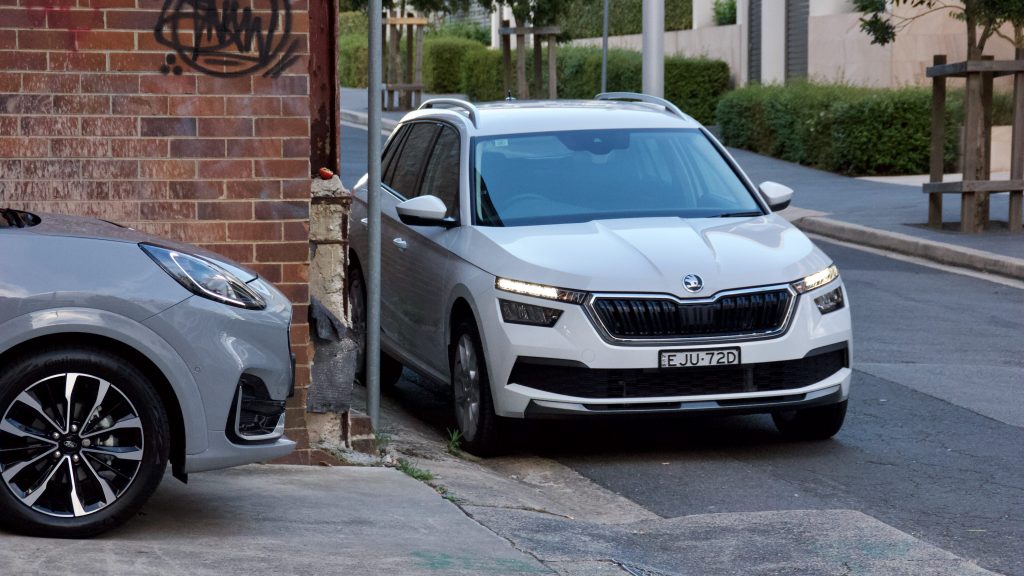
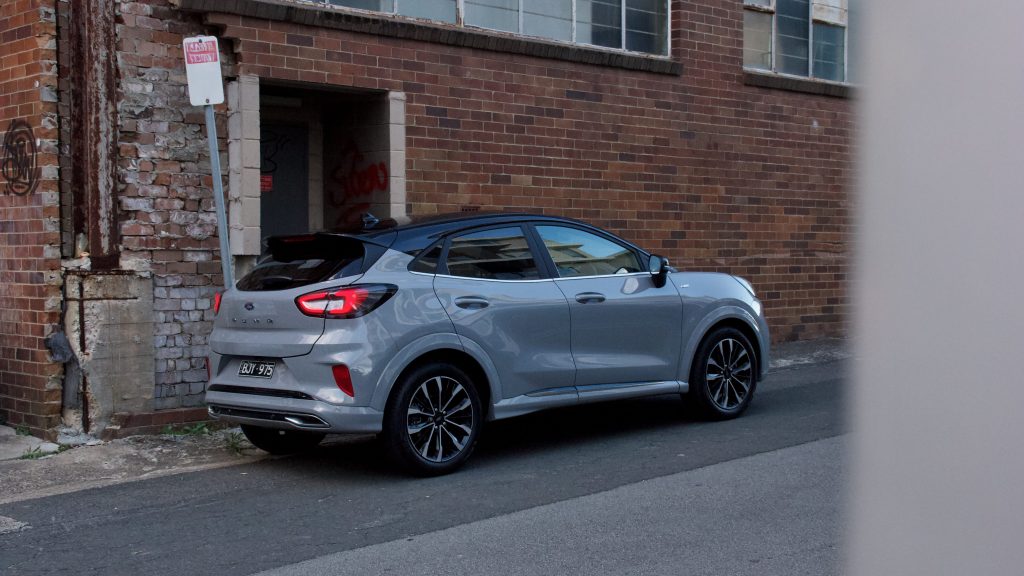
2021 Skoda Kamiq 85TSI buyers can also add a $3,800 Tech Pack that adds a larger 9.2-inch screen with inbuilt nav, a more powerful sound system, front fog lights, cornering lights, scrolling front indicators, wireless Apple CarPlay and voice control. A $1,300 panoramic roof is also available, and metallic paint ranges from $550 to $1,100.
More powerful Kamiq 110TSI models are priced at $36,990 for the sporty-styled Monte Carlo, or the Limited Edition. The Monte Carlo adds a host of sportier styling details while the LE adds both option packs (plus the larger engine) to the 85TSI.
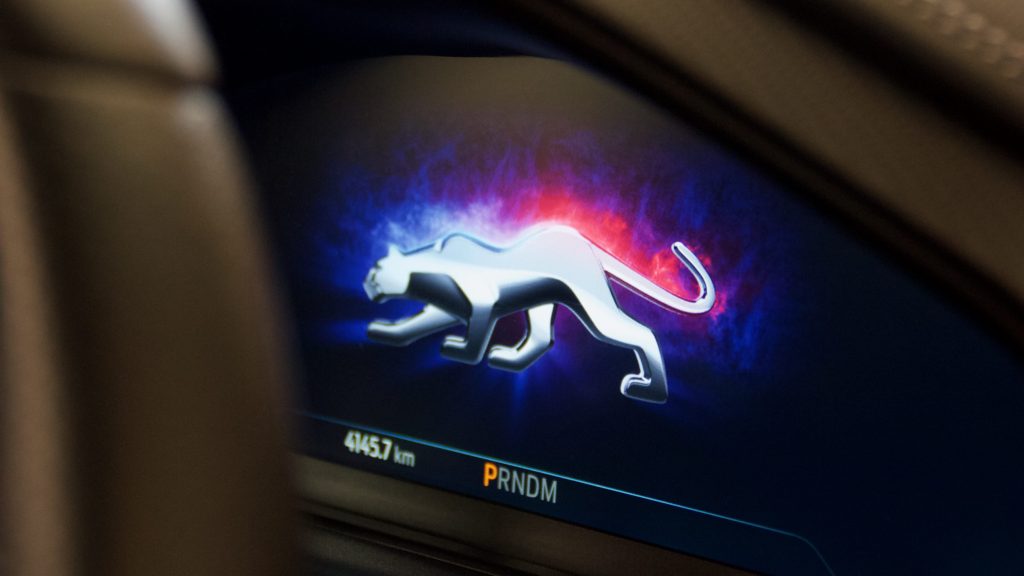
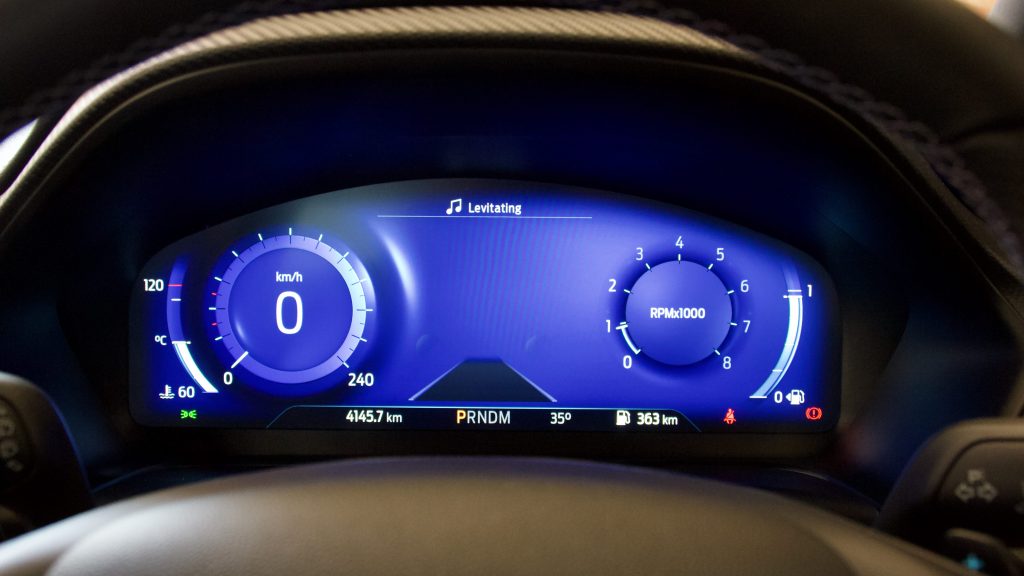
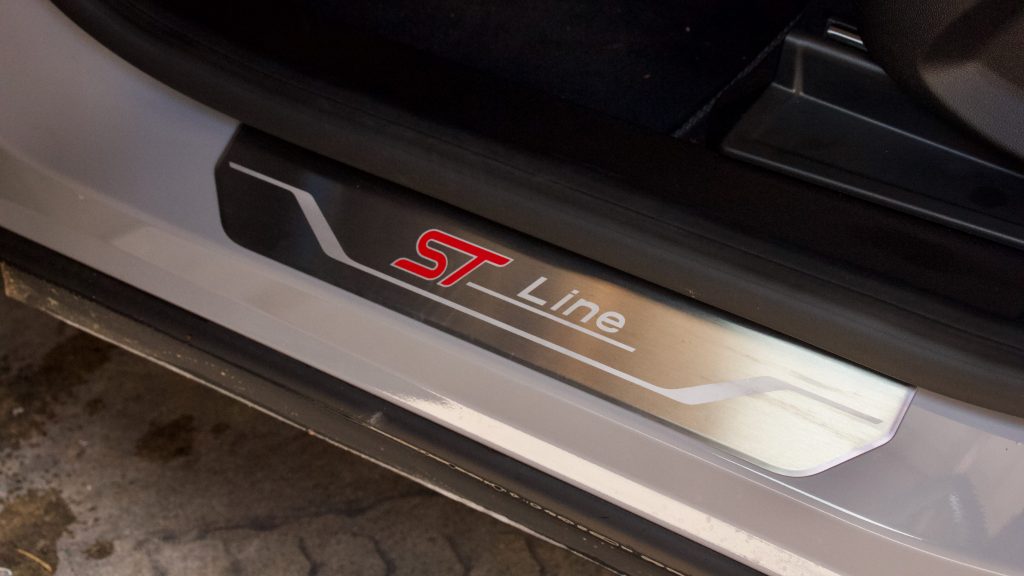
On the Puma side, pricing kicks off from $29,990 plus on-road costs for the entry-level car that’s just called Puma. Standard kit is not as healthy as the Skoda, though there are a few surprises. You get 17-inch alloy wheels, LED lighting with LED fog lamps, auto lights and wipers, single zone climate control air conditioning, a 8.0-inch touchscreen with Apple CarPlay, Android Auto, digital radio, inbuilt satellite navigation with live traffic reports, a wireless phone charger, one USB A input and one USB C input, massaging front seats, heated/auto-folding mirrors and keyless start.
All local Puma models also come with six airbags, low- and high-speed auto emergency braking (AEB) with pedestrian and cyclist detection, lane departure warning, auto high beam, a reversing camera with rear parking sensors, tyre pressure monitoring, driver attention monitoring and road sign assistance.
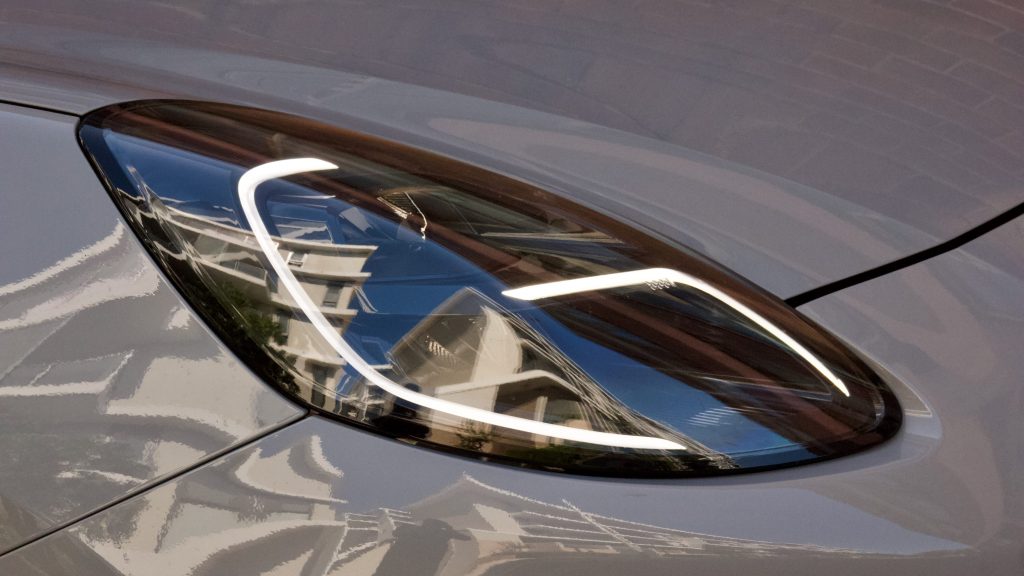
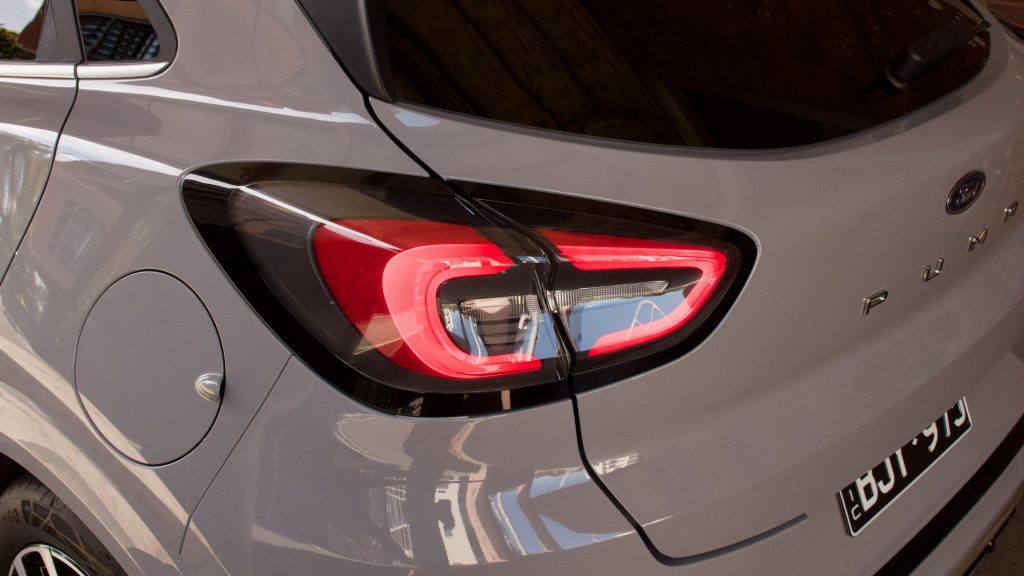
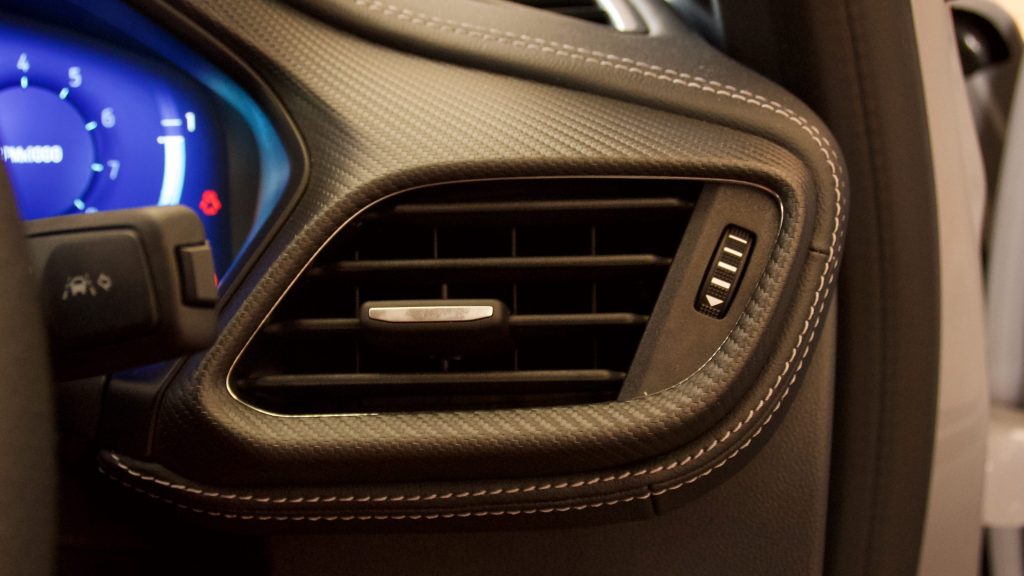
Above the Puma sits the $32,340 +ORC Puma ST-Line, which adds several sporty details such as a body kit, different 17-inch alloy wheels, sports suspension, sports seats, a flat-bottomed steering wheel with paddle shifters, a 12.3-inch digital driver’s display, metal pedals and red stitching.
At the top of the Puma range is the $35,540 +ORC ST-Line V, which adds larger 18-inch wheels, chrome exterior highlights, cornering headlights, climate control, a 10-speaker B&O Play sound system, a hands-free electric tailgate, keyless entry, leather upholstery and rear privacy glass.
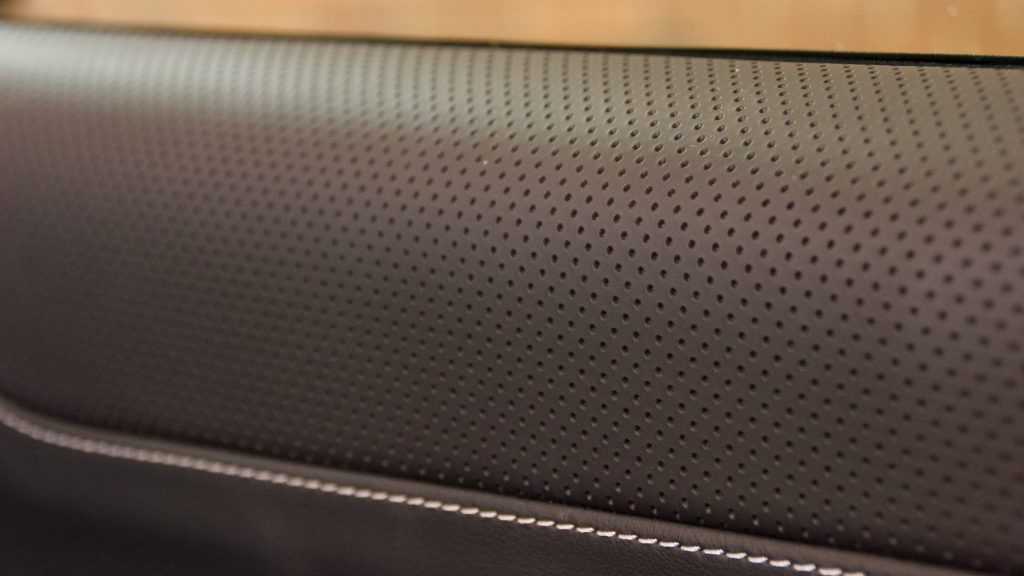
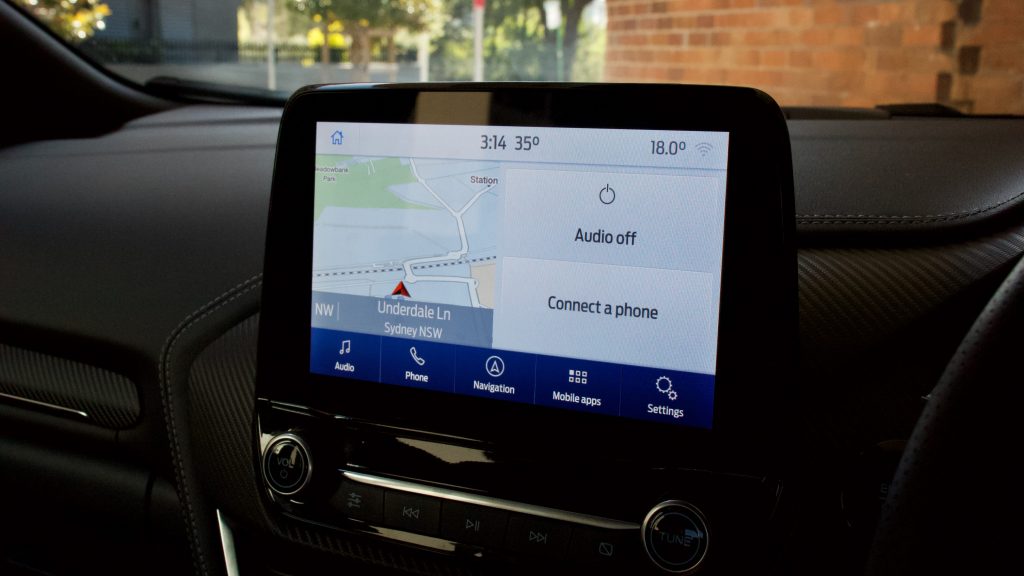
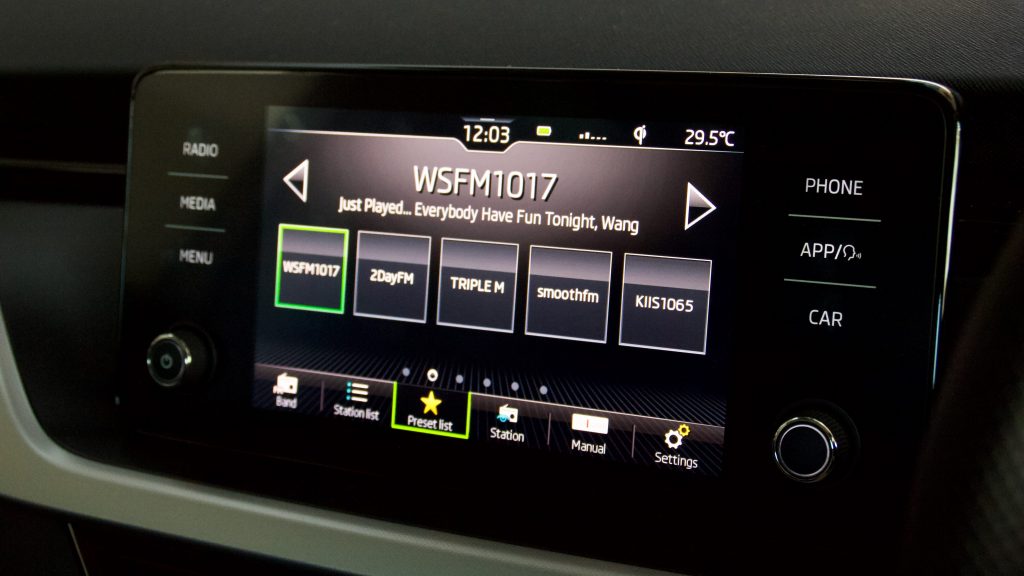
One option pack is available for the Puma as well: the $1,500 Park Pack adds auto parking as well as adaptive cruise control, active lane centering and blind-spot monitoring with rear cross-traffic alert. A $2,000 panoramic roof is also available, as are $250 black roof rails, a $500 black roof, $650 premium paint and for base and ST-Line models, a $750 hands-free tailgate (it’s standard on the ST-Line V).
Overall, the Skoda Kamiq is superior value for money than the Ford Puma as it includes much more equipment as standard, especially when comparing the entry-level specs of both – while the Ford has inbuilt nav, digital radio and massaging front seats, the Skoda has larger wheels, an electric tailgate, keyless entry and start, dual-zone climate control, four USB C inputs, rear air vents and so on for around $3,000 less drive away than the Ford.
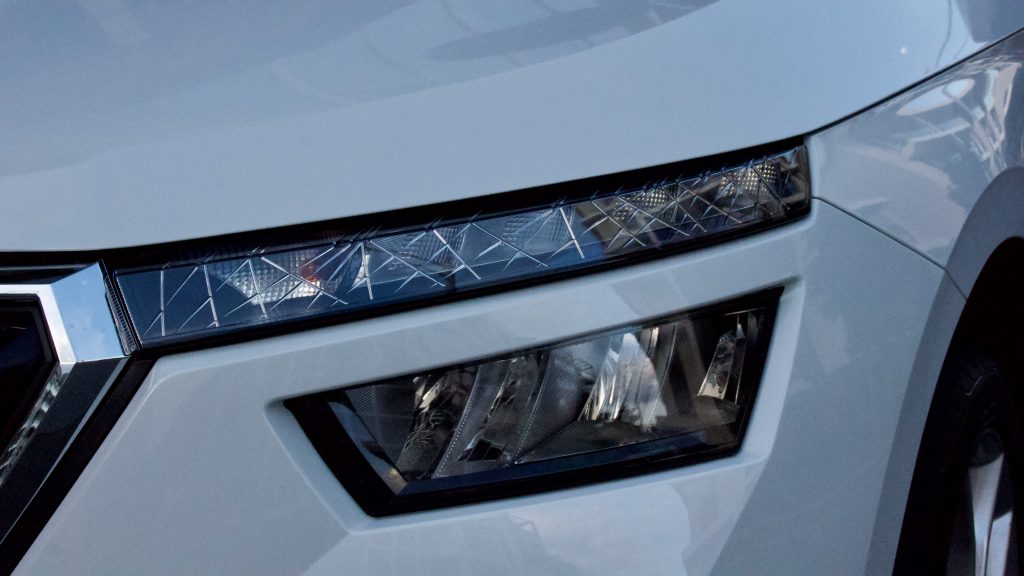
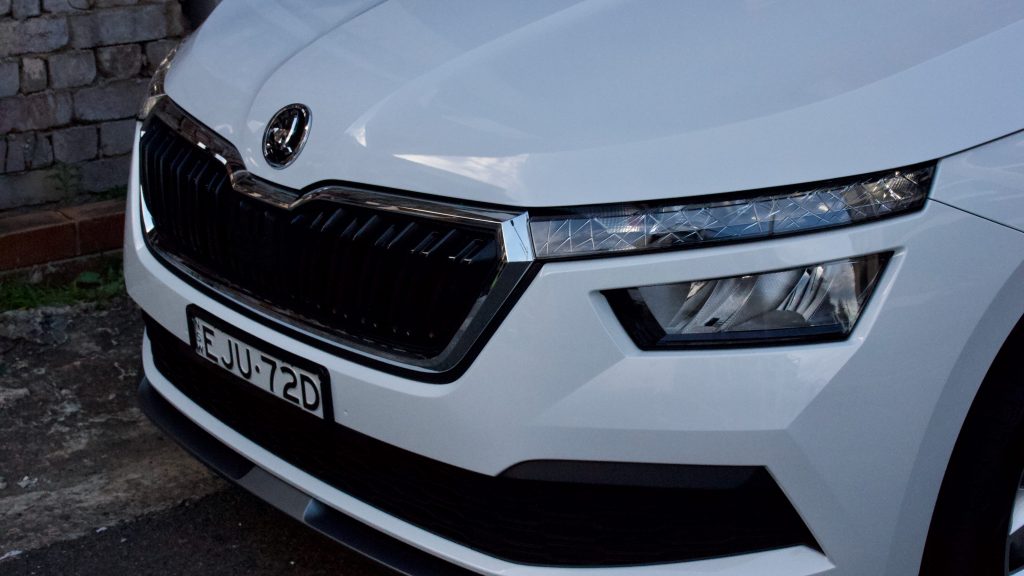
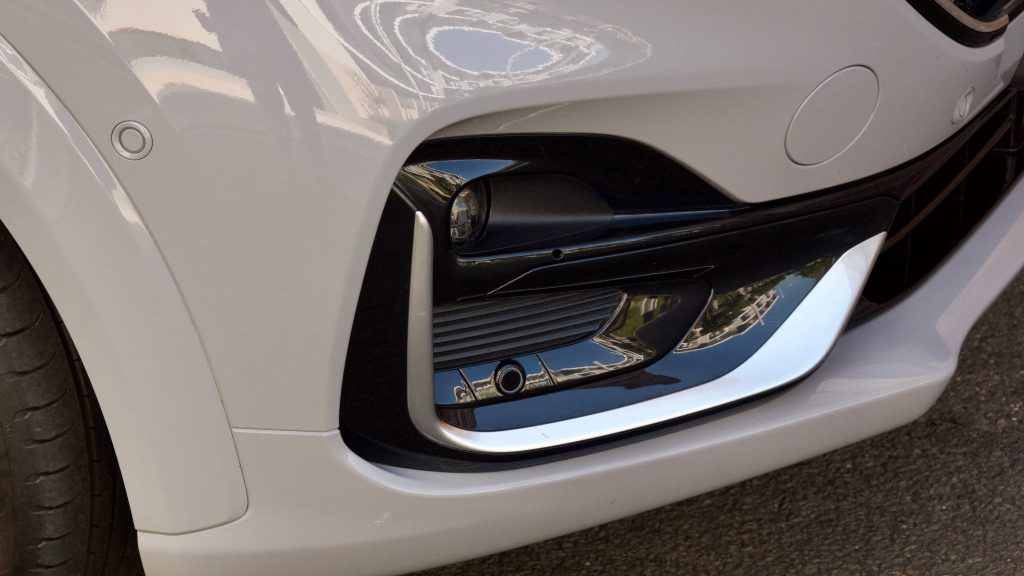
At the top of the range, the Kamiq 110TSI Limited Edition is $36,990 drive away and to spec the Puma to the same level, it would be $43,350 drive away – yet the Skoda still comes with a larger engine, dual-zone climate control, rear vents, extra USB ports and so on.
We’re splitting hairs at these Euro SUV drivetrains:
As previously mentioned, both cars use 1.0-litre turbocharged three-cylinder petrol engines matched to seven-speed dual-clutch automatic transmissions. They’re both front-wheel drive only, and their power outputs are closely matched too: the Ford produces 92kW/170Nm compared with the Skoda’s 85kW/200Nm.
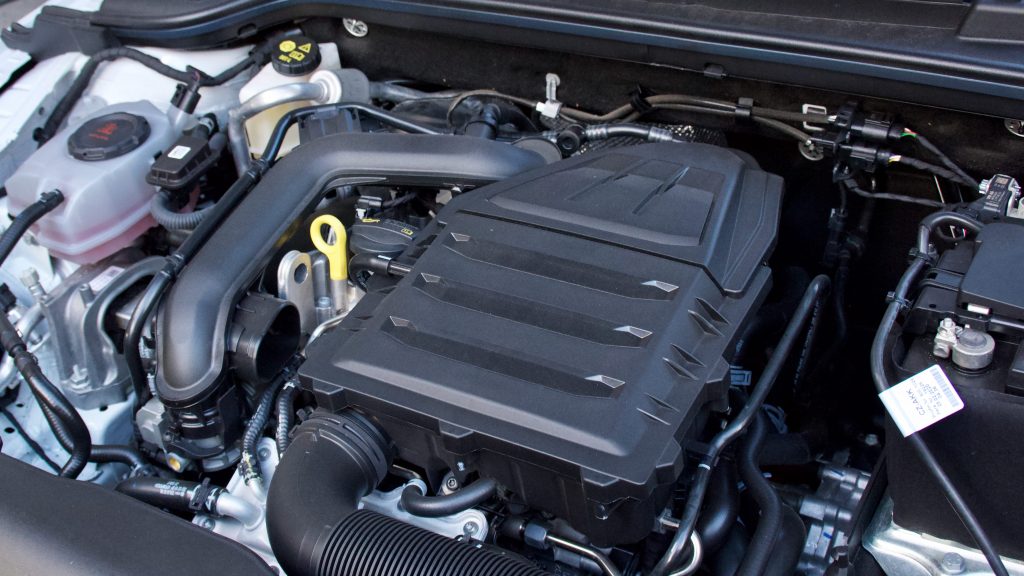
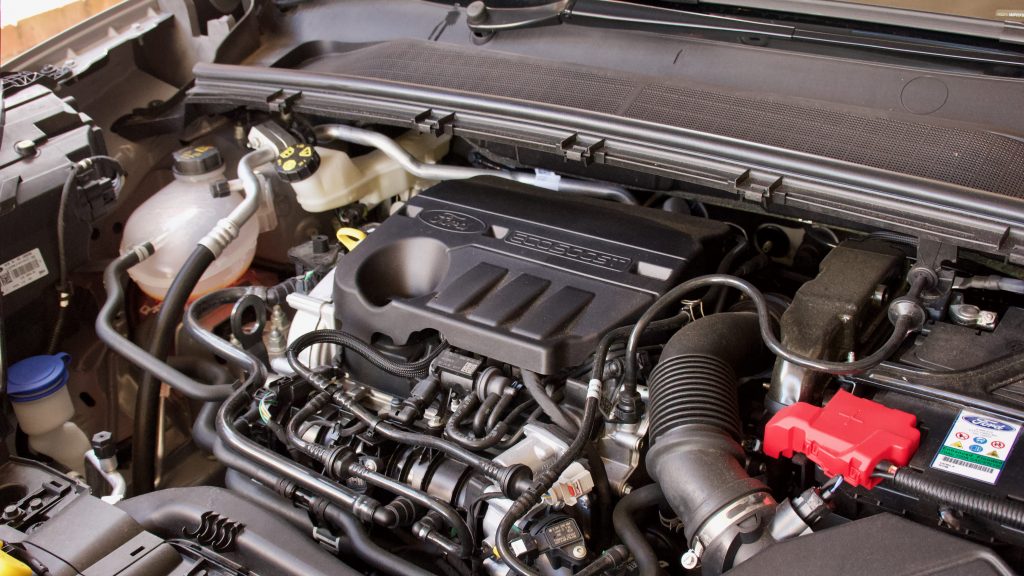
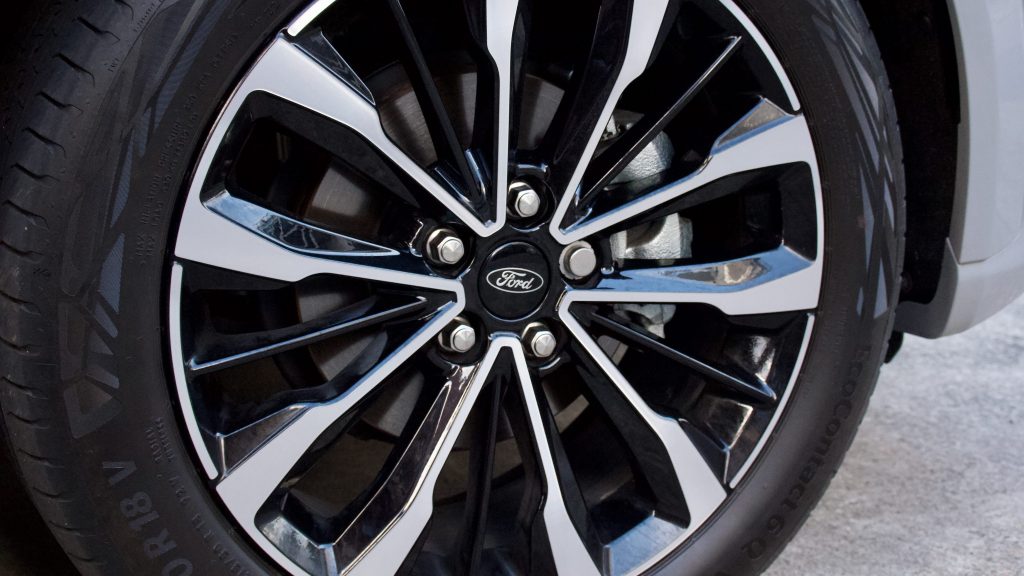
On the road, they’re evenly matched as well. The Skoda’s 30Nm extra torque is felt – it pulls stronger in the lower rev range, and the Ford’s extra 7kW of power isn’t really felt unless you’re absolutely caning it. Ford claims the 1,264kg (tare) Puma hits 100km/h in 10.2 seconds – 0.2 more than the 1,210kg (tare) Kamiq. The Ford’s engine does however feel slightly more refined and smoother in its operstion. From the way it fires up to the way it revs, it has the edge in noise and character. The Puma however, has the option of a larger-engined 110kW 1.5-litre Kamiq has just gone on sale, whereas high-powered Pumas in Europe are manual-only, and therefore ruled out for Australia. Speaking of manuals, if you want one, you can have a manual Kamiq – though the Ford is auto-only. Thank you, Skoda!
They’re hard to split with fuel economy as well – Ford claims 5.3L/100km combined, and Skoda claims 5.0L/100km. They both use minimum 95RON fuel, and while the Ford has a 42-litre tank, the Skoda has a larger 50L unit, which will help with overall cruising range. We achieved 6.2L/100km in the Skoda and 6.4L/100km in the Ford in mostly urban driving – brief highway stints got these figures close to 5L.100km, however.
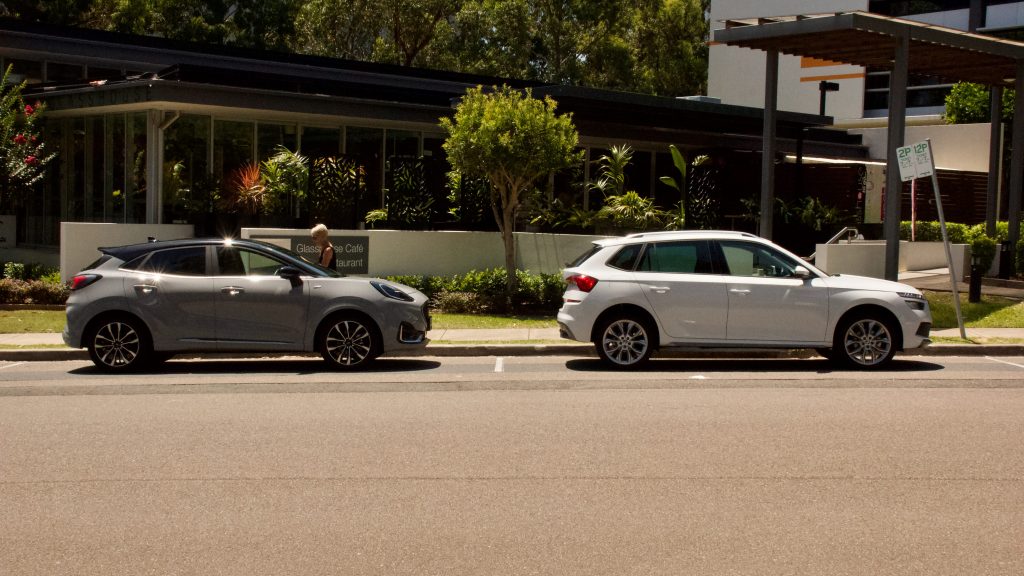
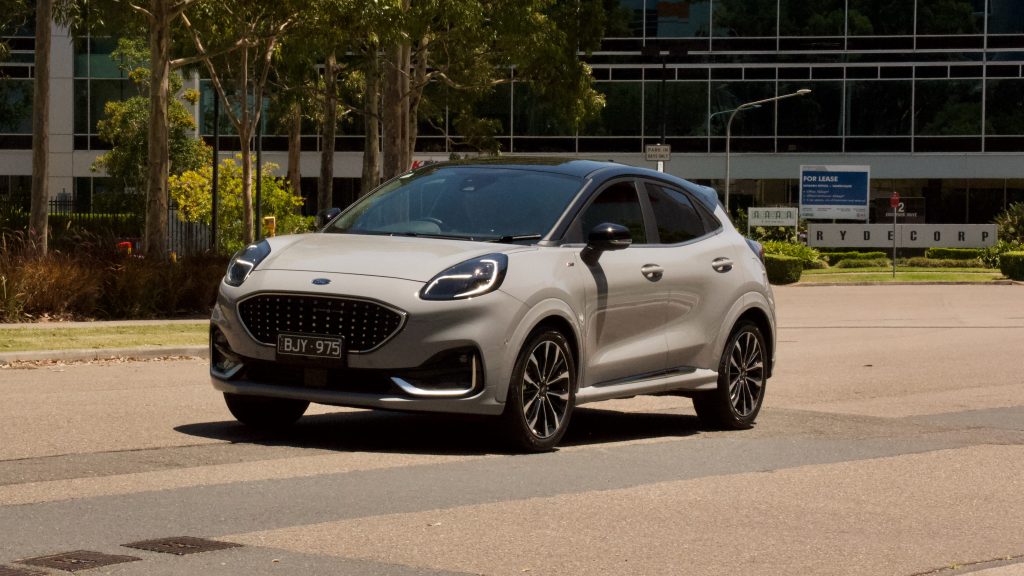
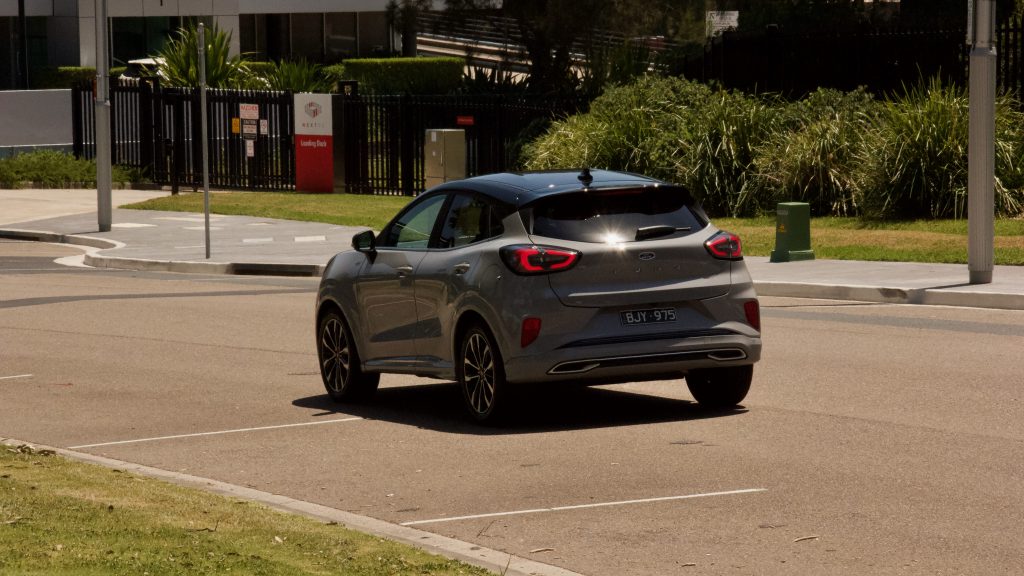
Even their dual-clutch automatic transmissions are awfully similar. Both are seven-speed units, and both are largely problem free – they exhibit the typical dual-clutch low speed hesitation but are very quick and decisive at higher speeds. They both grab the highest gear as early as possible, which is fine though the Ford can get confused by sudden calls for acceleration – a few times when we booted it at 60km/h, it upshifted instead of downshifted. But otherwise, their drivetrains are remarkably close.
Both Euro SUVs drive well – but for different reasons:
The similarities between the 2021 Skoda Kamiq and 2021 Ford Puma continue when discussing their underpinnings. Both use a platform that’s currently used in small cars – the Puma’s is used underneath the Fiesta, and the Kamiq’s will be used in the upcoming Fabia (and is currently used in the Volkswagen Polo, Skoda Scala, etc).
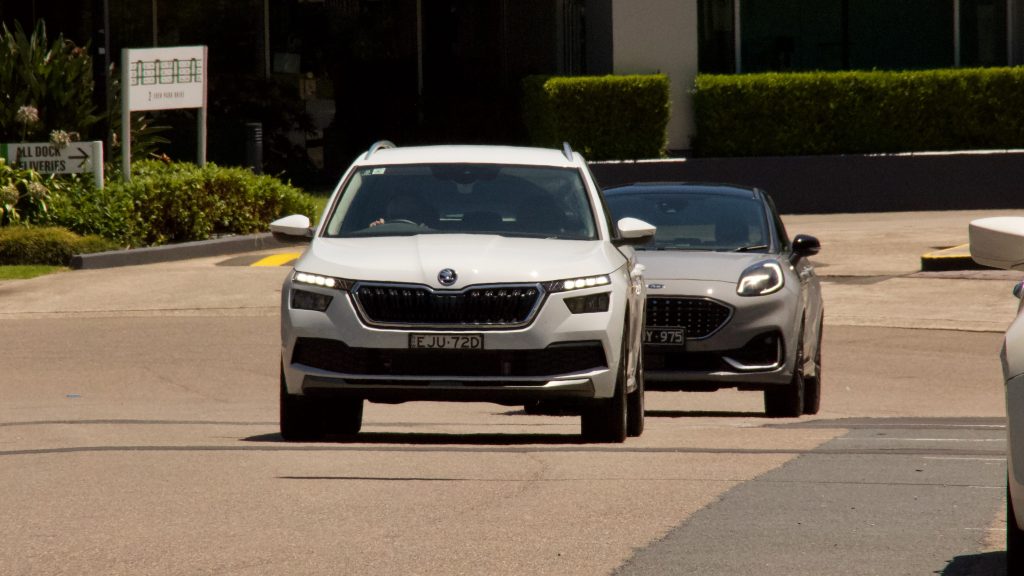
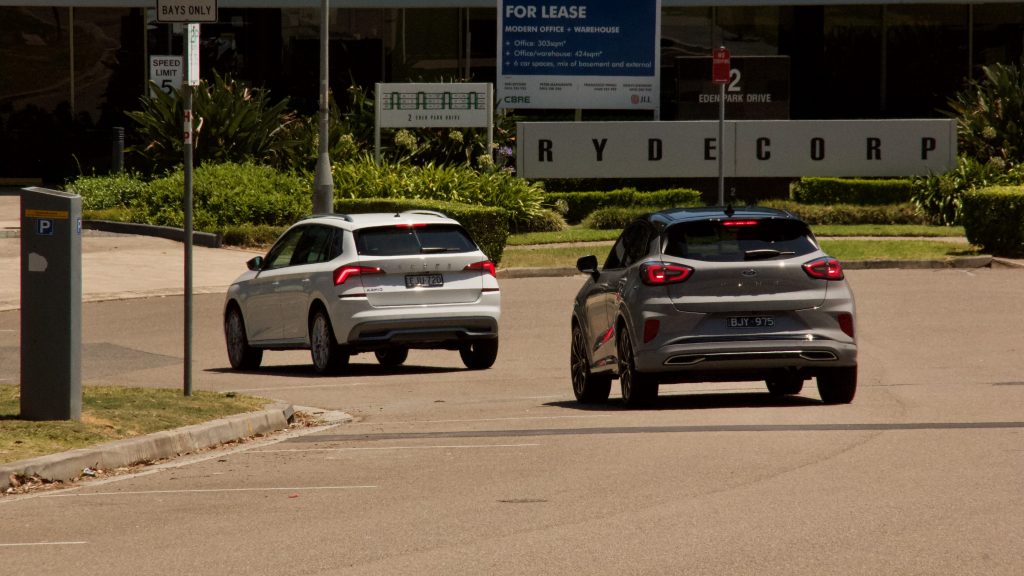
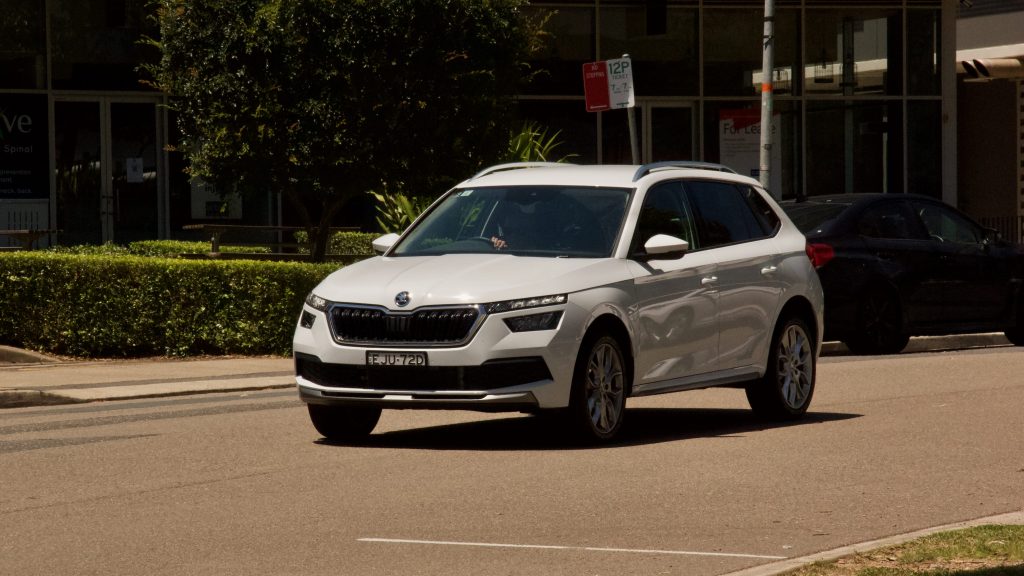
As is the class norm, they both use torsion beam rear suspension and their dimensions are similar as well – the Skoda measures 4,241mm long, 1,793mm wide, 1,531mm tall and with a 2,651mm long wheelbase versus the Ford’s 4,207mm length, 1,805mm width, 1,548mm height and 2,588mm long wheelbase. The Puma’s extra width gives clue as to its sporting pretensions – it’s the sportiest and most dynamic tiny SUV you can buy.
But that’s not to say that the Skoda is bad to drive – far from it, in fact. Yep, it’s not as sporty as the Puma, but it’s more comfortable. Despite its larger wheels, it soaks up bumps better than the Ford and can still be fun behind the wheel. The Ford’s steering is slightly more feelsome than the Skoda, though they’re both excellent for weighting.
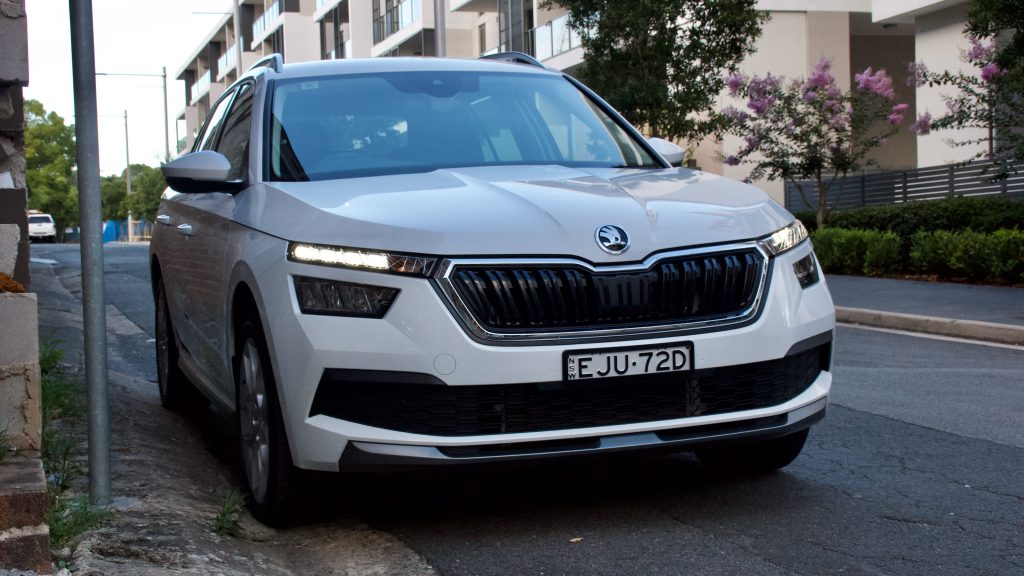
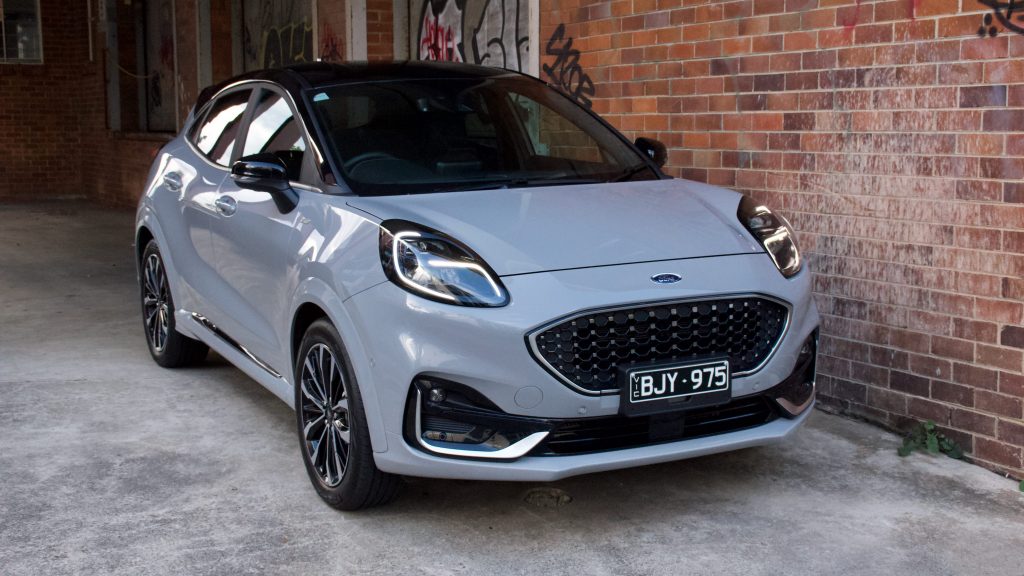
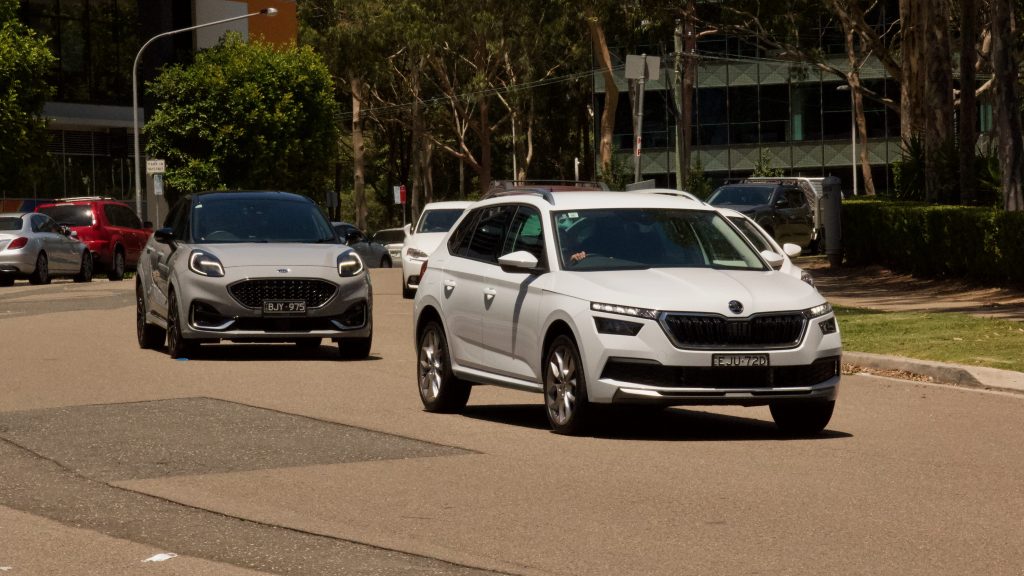
Thanks to the Skoda’s boxier styling, its outward visibility is better than the Ford – its larger windows make it feel much airier than the slightly claustrophobic Puma. The Puma’s mirrors are also much smaller than the Kamiq’s and we’d tick the Park Pack to help this. Road noise levels are superior in the Skoda, where the Puma can be somewhat loud at highway speeds.
The 2021 Skoda Kamiq is the more practical tiny Euro SUV:
Both the 2021 Skoda Kamiq and 2021 Ford Puma’s cabins are thoroughly modern and without being premium, pretty good quality as well. Both cabins share much with their siblings – the Skoda’s dashboard is identical to its Scala hatchback brother, while the Puma’s layout is very similar to the Fiesta. Both use a mix of soft touch dashboards and doors – the Skoda’s materials are actually nicely grained soft plastic, unlike the Ford’s leatherette placed on hard plastic – as well as faux aluminium trim in the Kamiq and faux carbon fibre trim in the Puma.
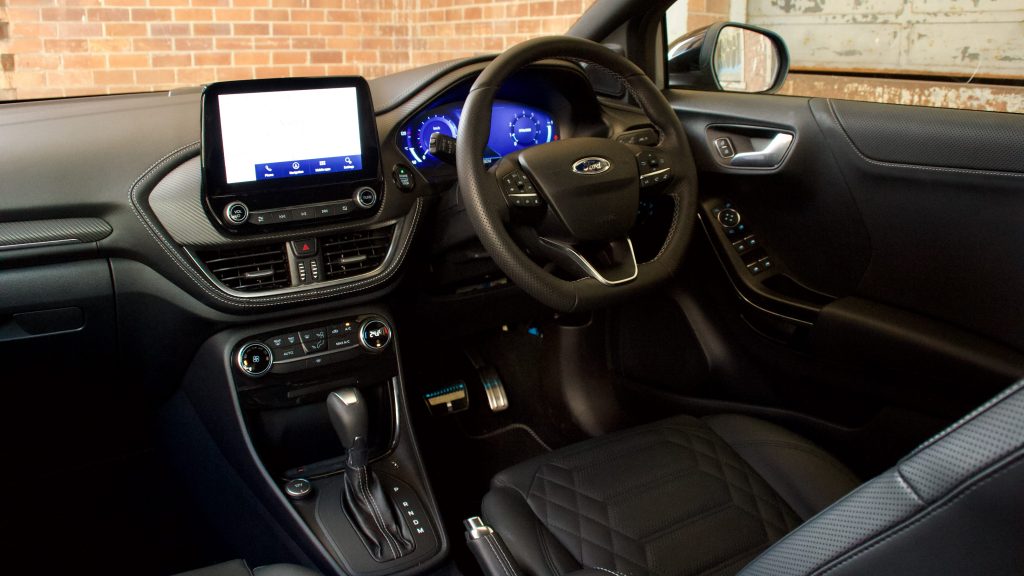
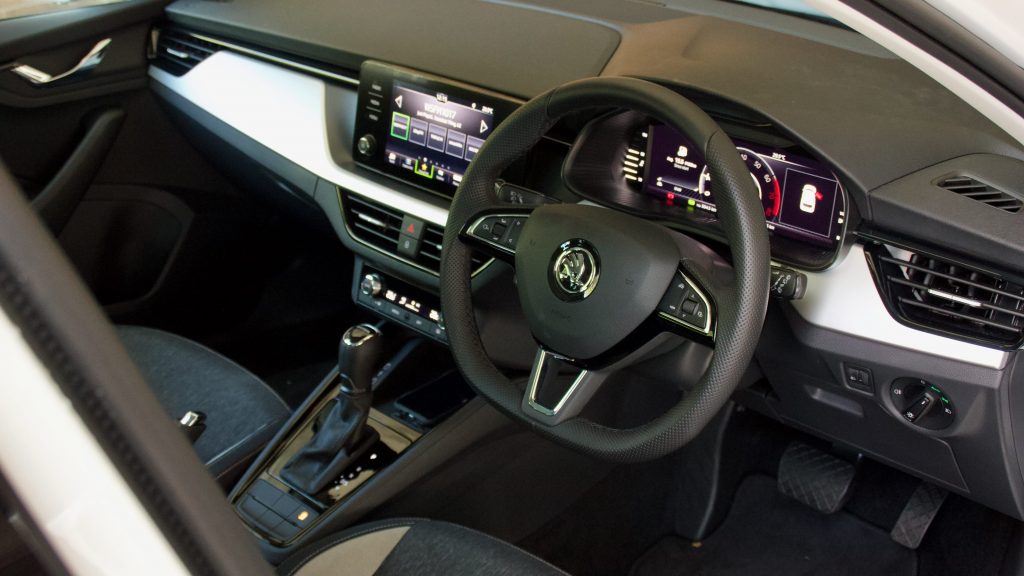
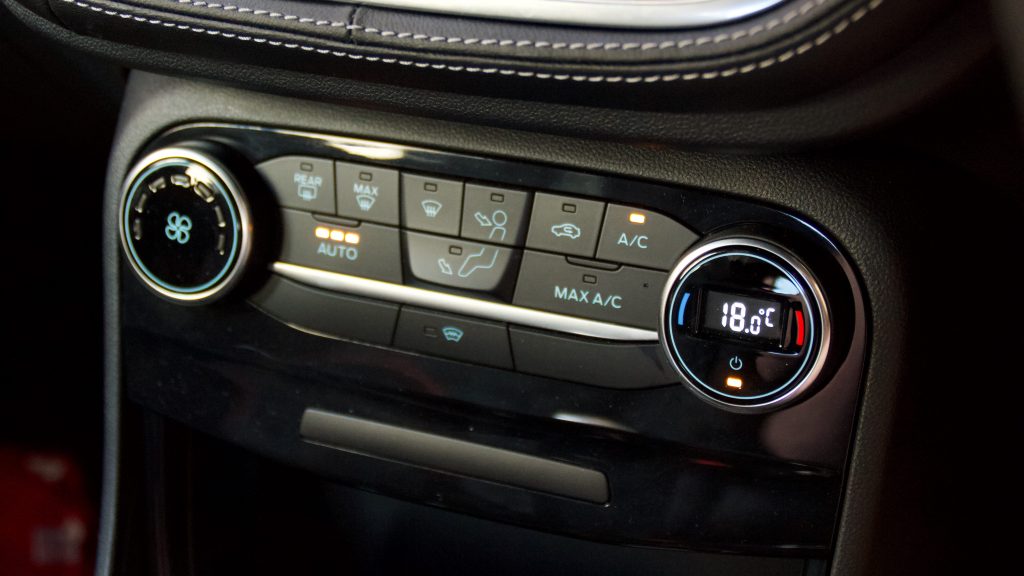
Both cars feature 8.0-inch touchscreens and while the Skoda’s is easy to use and features Apple CarPlay and Android Auto, the Ford’s is more feature-packed with inbuilt satellite navigation and digital radio as well. Both cars use unbranded sound systems at the base level – the Skoda’s eight-speaker system top trumps the Ford’s six-speaker unit but our ST-Line V’s 10-speaker Bang & Olufsen unit was excellent. Both cars also have wireless phone charging pads – the Ford also has a USB A and USB C input, but the Skoda has four USB C inputs, including two for rear seat passengers.
The Skoda features a digital driver’s display as standard and it’s a crisp and configurable system that makes the cabin feel even more expensive – choosing the Tech Pack adds maps to it as well. It’s also the first Skoda we’ve driven where info from Apple CarPlay such as the song choice has migrated to the screen – previously it used to just say ‘Apple CarPlay in use’.
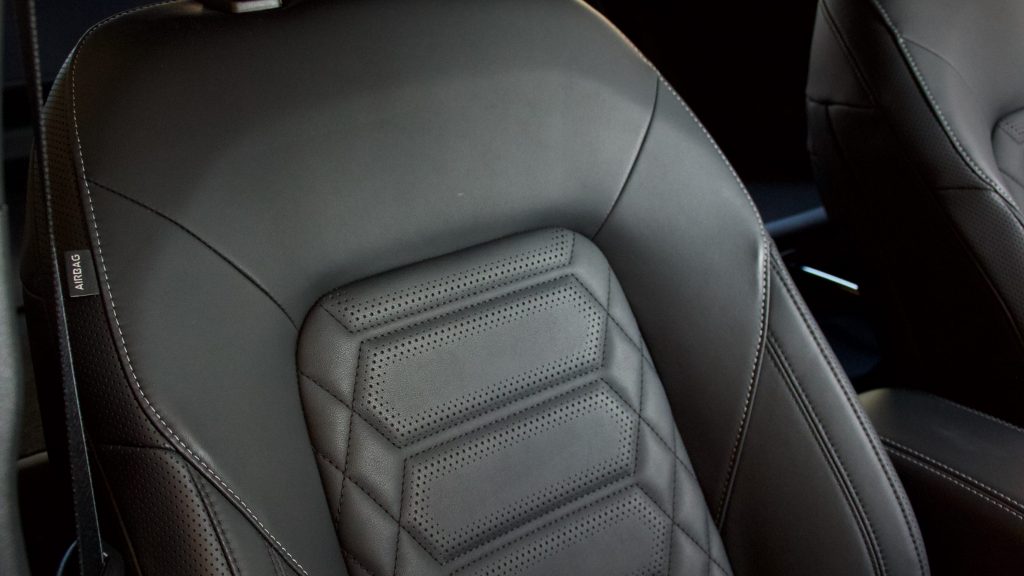
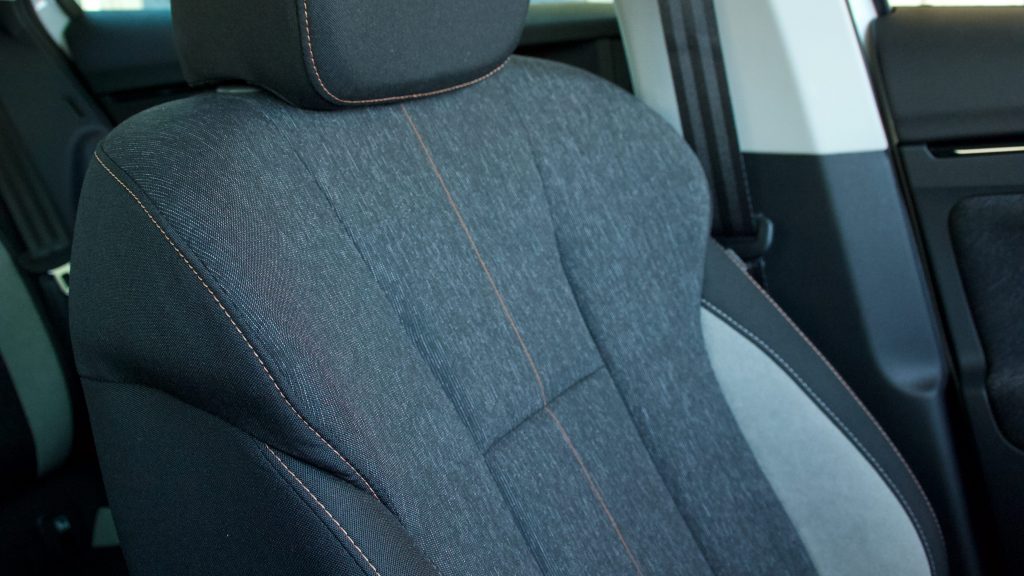
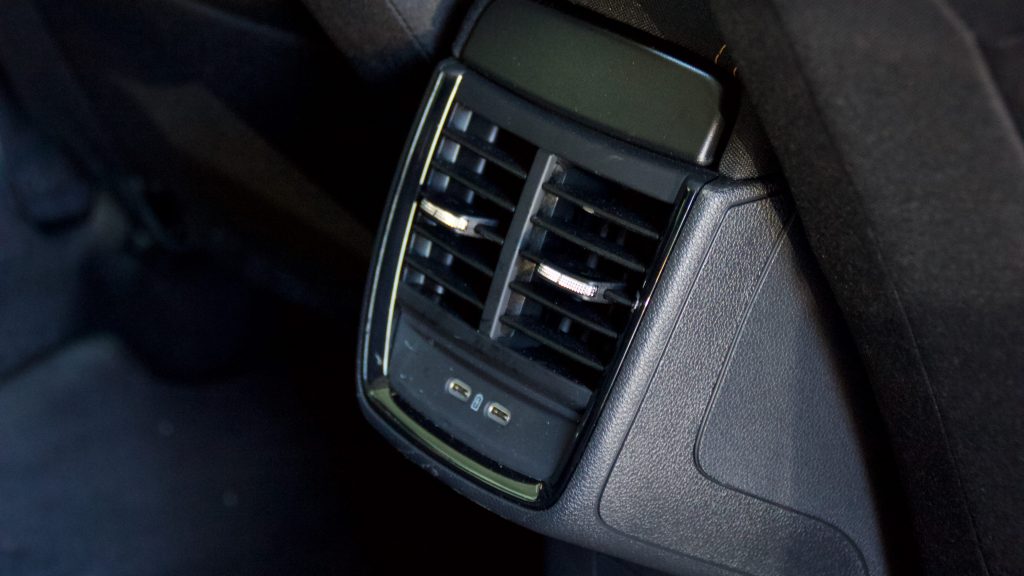
The base Puma features analogue dials, but the ST-Line and above use a fully digital screen that’s also excellent – it’s not as configurable and it doesn’t feature a map at all, but it’s still great to look at.
While their front cabins are somewhat equal for quality and tech, the Skoda’s practicality really trumps the Ford. The door bins are huge, the centre armrest is small but still useful, the wireless phone charging tray can hold much more than just a phone and the overall space inside the Kamiq is excellent. I was able to comfortably sit behind six-foot self’s driving position with plenty of headroom and legroom in the Skoda and although there is no centre armrest, it does feature large door pockets and rear air vents as standard.

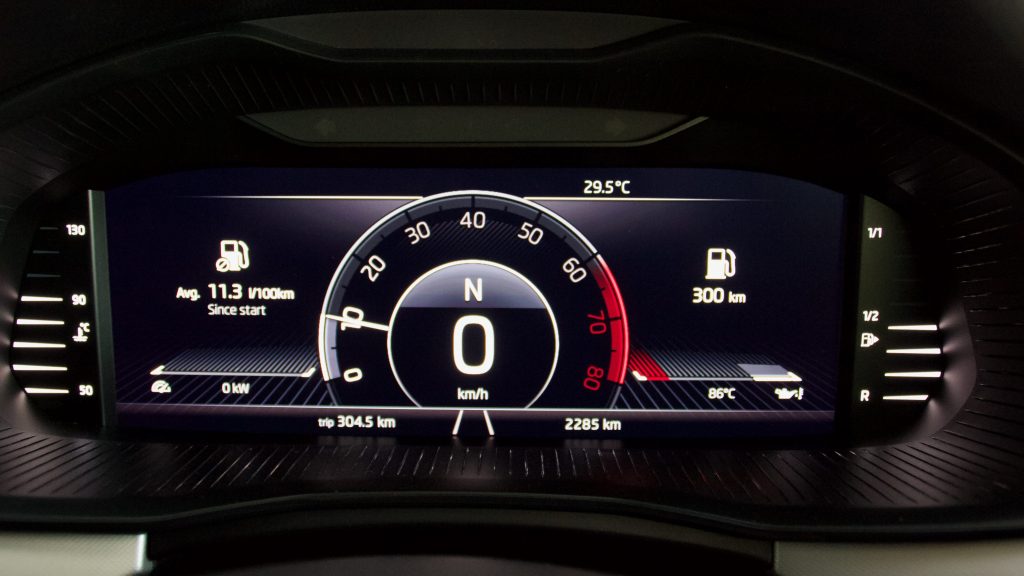
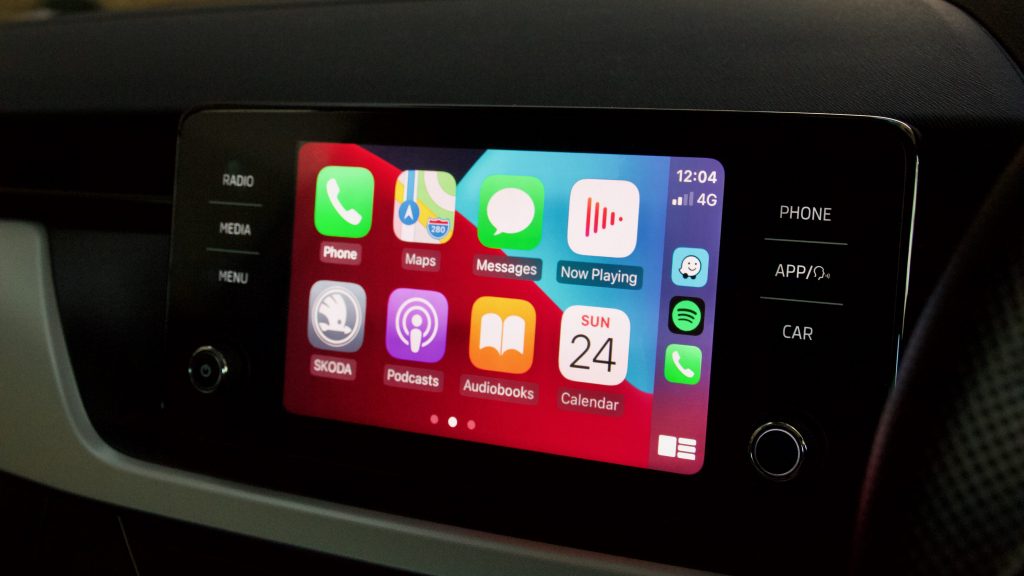
By contrast, the Puma’s cabin is less practical with smaller door pockets, tiny cupholders, a weirdly-angled phone charging tray and a reasonable centre armrest area. The actual rear seat room in the Puma isn’t much less than the Skoda, but thanks to its smaller windows, it does feel much smaller in there. There are no rear vents, no charging ports and no armrest either.
Bootspace in both is pretty equal – the Kamiq offering 400-litres of space with the seats up, and the Puma slightly more at 410L. The Skoda also features the brand’s usual ‘simply clever’ features such as boot nets, hooks, a removable magnetic torch, a magnifying glass that doubles as an ice scraper and even a tyre tread checker in the fuel cap, as well as an umbrella in the driver’s door.
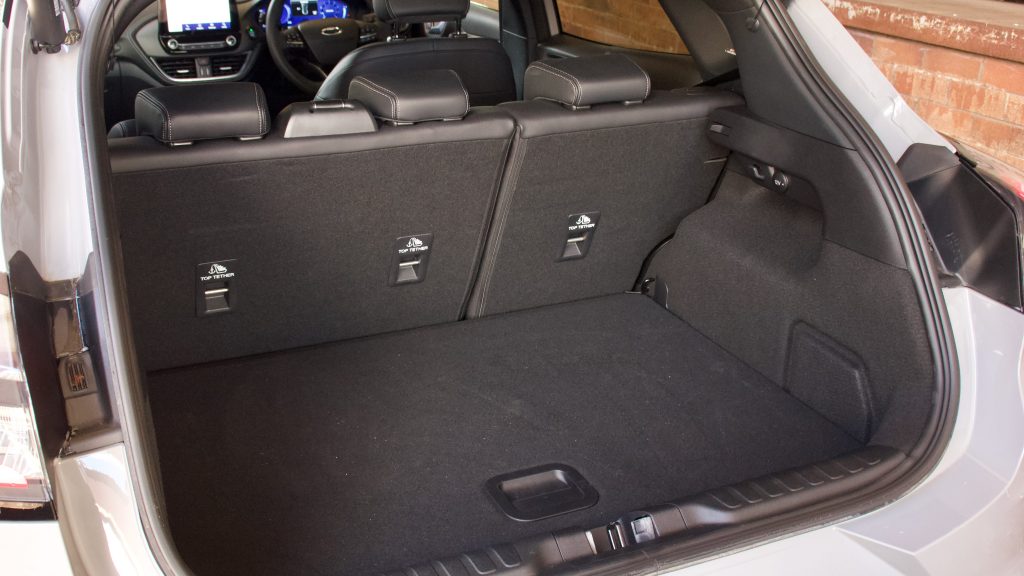
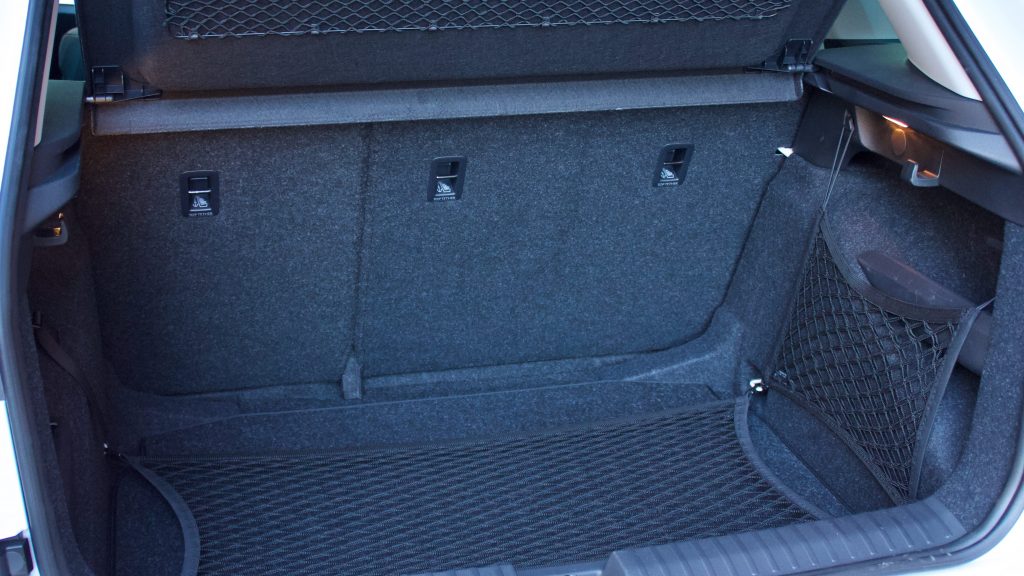
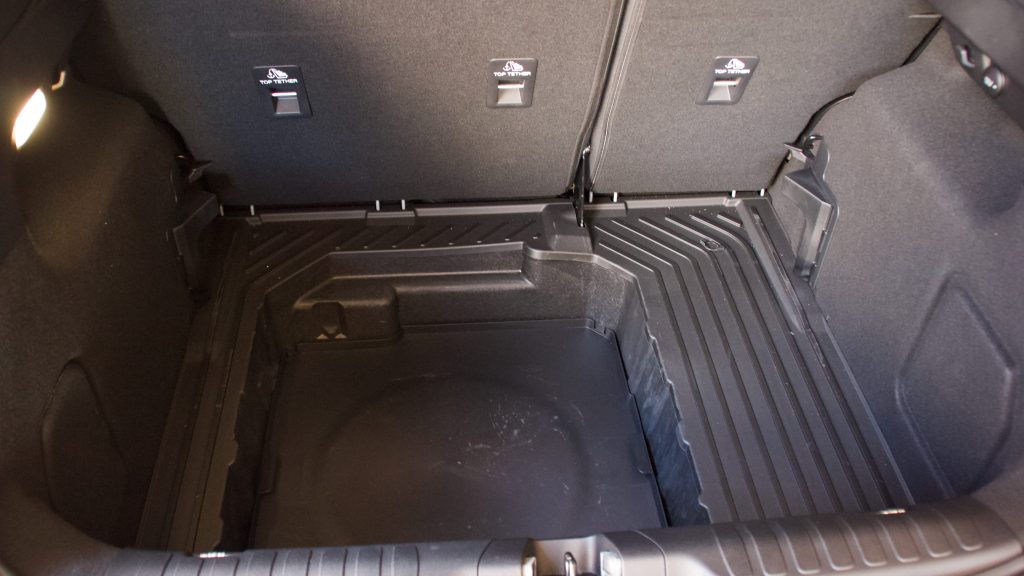
But the Puma is somewhat clever too with a dual-level boot floor with a massive box even lower down – this is larger and called ‘Megabox’ in Europe, though we have a spare wheel locally – that is excellent. Fold the seats down (flat in the case of the Ford) and you get 1,170-litres of space, and a huge 1,395L in the Skoda.
Both brands provide a positive after sales experience:
Both Skoda and Ford provide new car buyers with a five-year/unlimited km warranty, as well as one year of roadside assistance that’s topped up with a further 12 months with each scheduled service. Both the Kamiq and Puma’s service intervals fall once yearly or every 15,000km, whichever comes first.
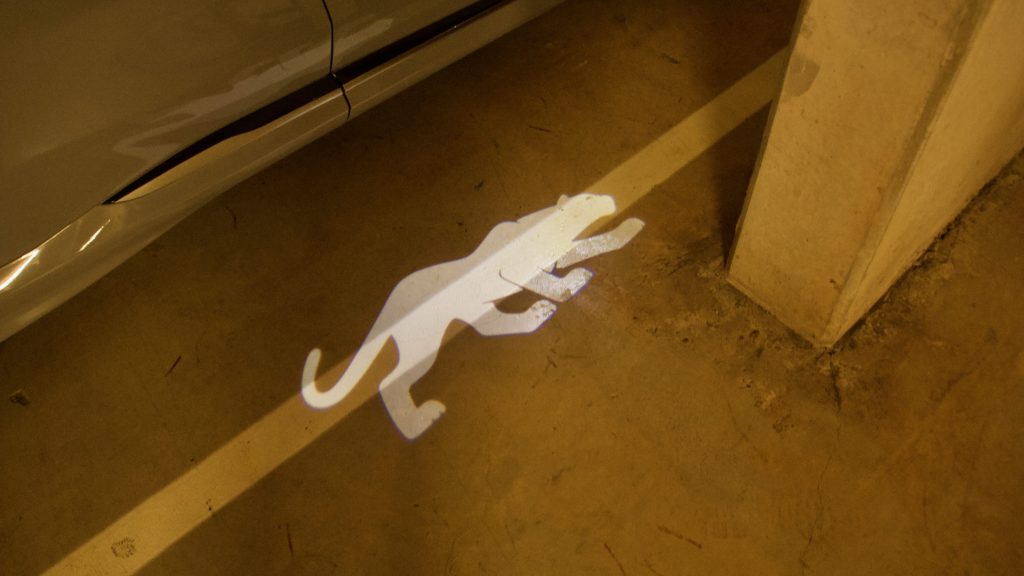
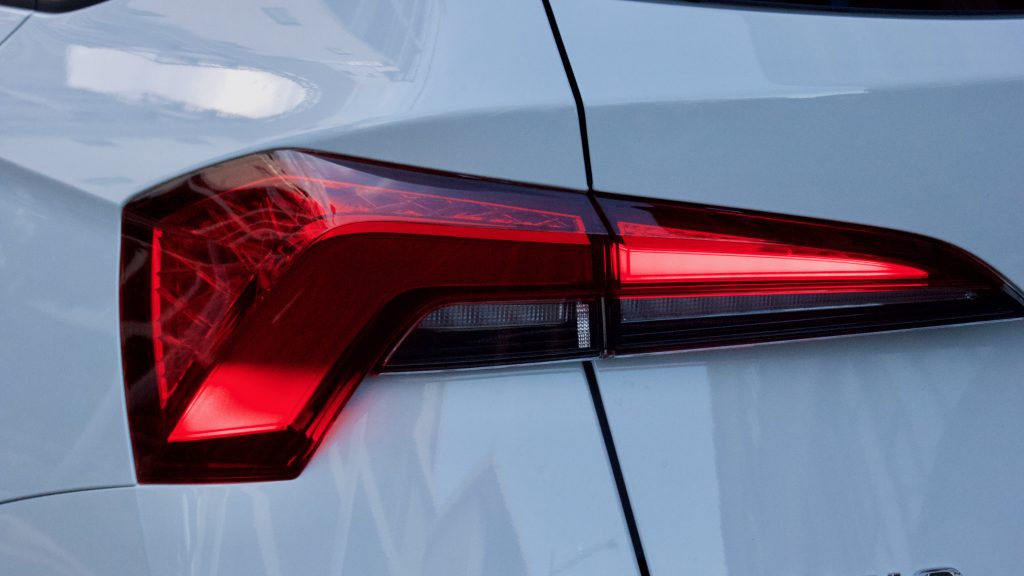
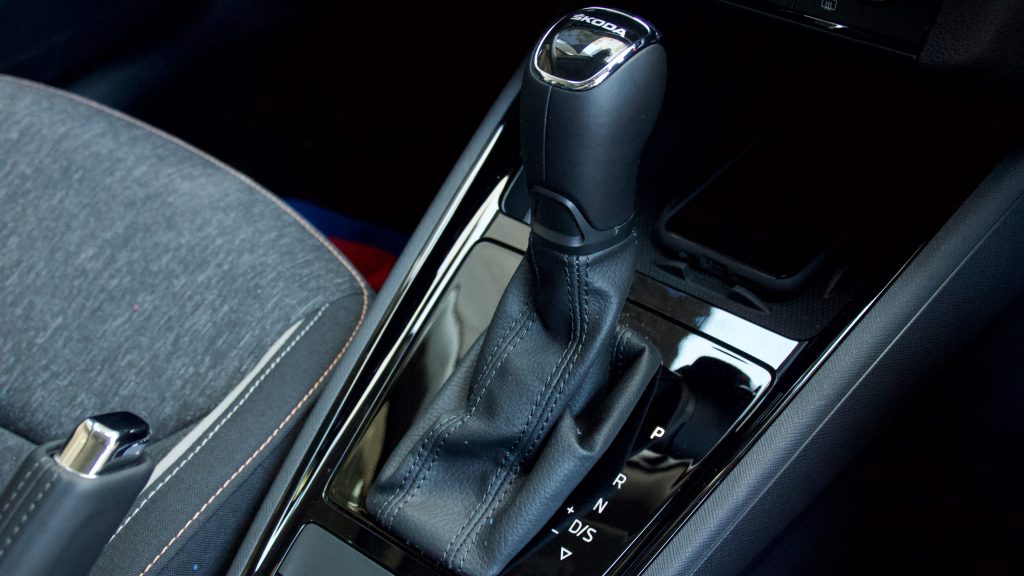
Service costs for the Kamiq over five years add up to not-so-cheap $2,198 ($439 per service), though buyers can choose a five-year service pack at the time of purchase at $1,400 ($280 per service) – which we’d very much do. Uniquely, you can purchase a similar service pack for used Skodas too at $1,300 for four years. The Puma costs $1,516 ($303 per service) over the same time period, though unlike the Skoda, you can’t pre-purchase them upfront.
The DiscoverAuto tiny Euro SUV winner: 2021 Skoda Kamiq
From the outset of this comparison, it was immediately noticeable just how far both A) the tiny SUV and B) the Ford tiny SUV has come in the relatively short time that this segment has existed. Ford’s previous offering in the segment, the EcoSport, was not great – Australian new car buyers realised this and largely ignored it. The Puma is a significantly better product, even just to look at, and is much better to drive, significantly higher quality and even better value for money. The Puma is an excellent product, better than the new Escape, and we think it deserves to sell well in Australia.
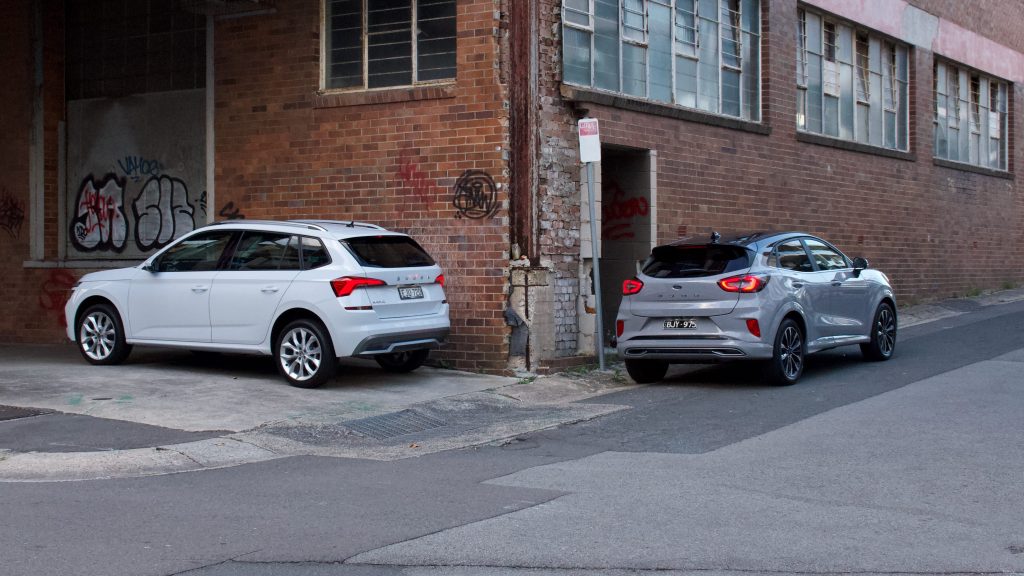
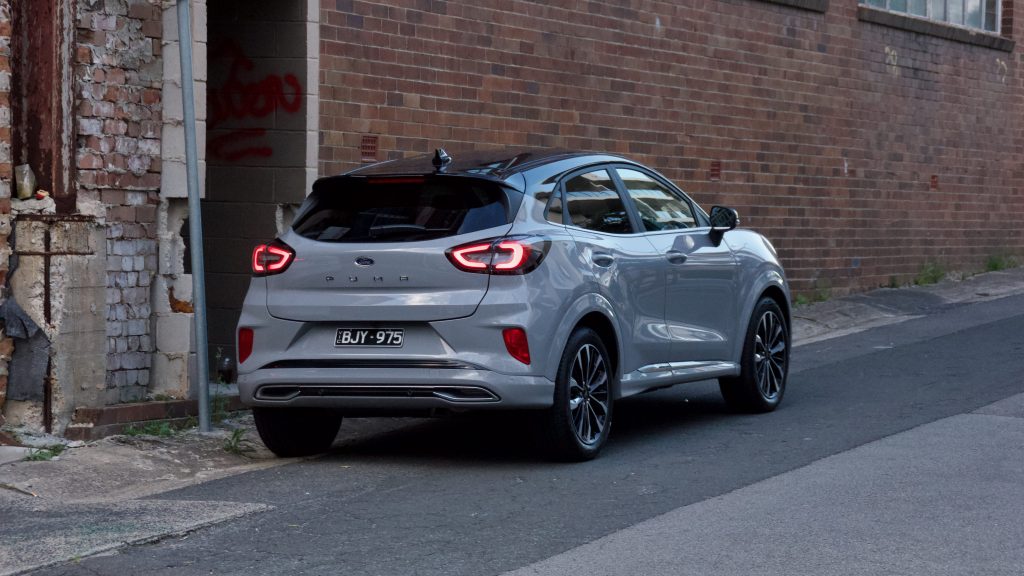
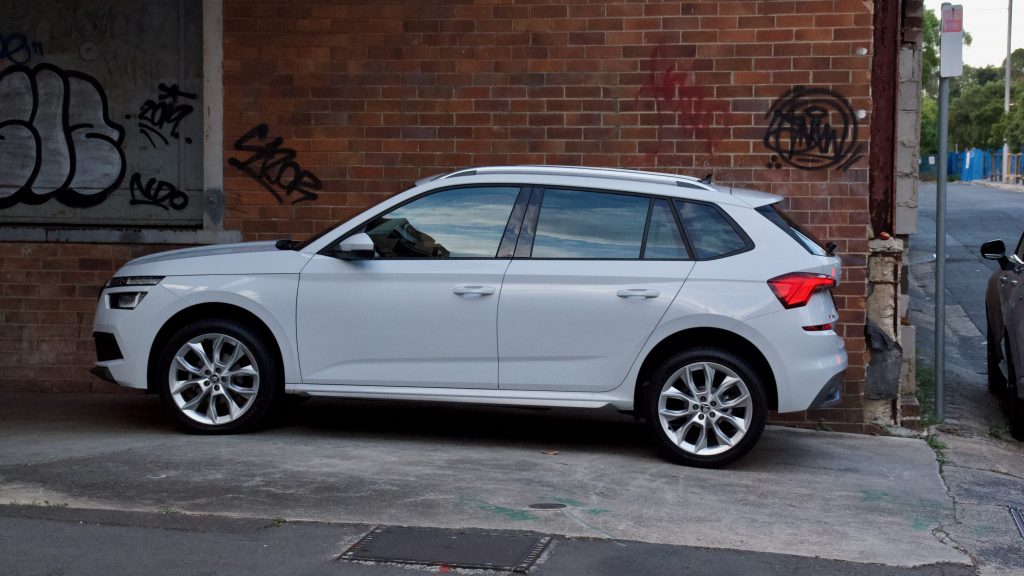
However, despite being a really great product, it doesn’t hit the high highs of the 2021 Skoda Kamiq. The Puma drives nicely, it’s well sized and it’s good quality, but the Kamiq is all of that plus it’s much better value for money, it’s more spacious and practical and if these punchy 1.0-litre engines aren’t enough for you, a more powerful 1.5-litre engine is also available. The Skoda Kamiq proves that yes, tiny SUVs can be more practical than the hatchbacks that they’re based upon but they also don’t have to cost more money or sacrifice driving dynamics either. Both of these tiny SUVs are excellent but the 2021 Skoda Kamiq is just that little bit more so.
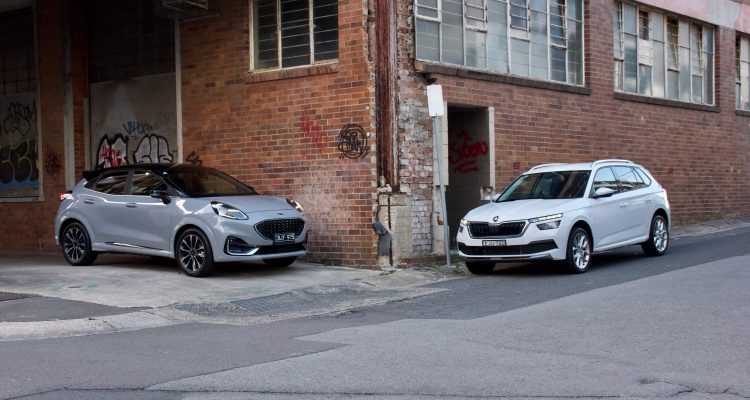
Leave a Reply